potentially hazardous foods must be stored
Dispose of any food remaining at the conclusion of the event. Holding foods at unsafe temperatures for handling food while more than four hours.
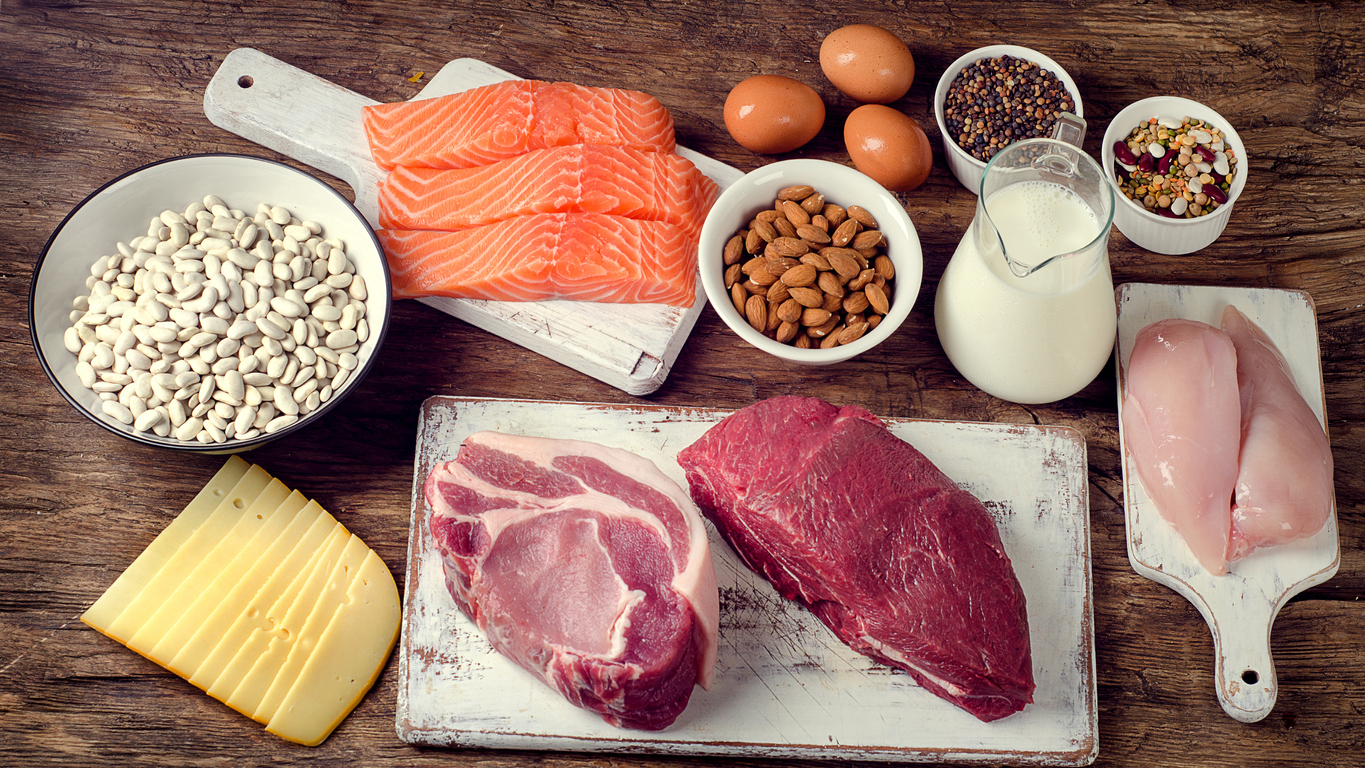
Potentially Hazardous Foods Health And Wellbeing Queensland Government
Store at an internal temperature of.

. A container of refrigerated ready-to-eat potentially. Foods that have a water activity of 085 or above are considered. High School Equivalency Tests.
Potentially hazardous foods are foods that must be kept at 5C or colder or at 60C or hotter to minimise the growth of food poisoning bacteria that may be in the food or to stop the formation of toxins. High School Graduation Requirements. Potentially hazardous food Potentially hazardous foods are foods that must be kept at 5C or colder or at 60C or hotter to minimise the growth of food poisoning bacteria that may be in the food or to stop the formation of toxins.
When making cold salads such as tuna it is recomended that. The report notes potentially hazardous food must be stored at 41 degrees or lower. PHF must be stored and displayed below 5C or above 60C PHF must be thrown out if stored or displayed at temperatures between 5 and 60C more than four hours PHF must be used immediately if stored or displayed between 5 and 60C for.
Potentially hazardous foods are foods that must be kept at 5C or colder or at 60C or hotter to minimise the growth of food poisoning bacteria that may be in the food or to stop the formation of toxins. Prepared or when it is to be discarded. Potentially hazardous food should also be cooled and reheated quickly and prepared in as short a time as possible.
English Language Development Standards. Food should be discarded. The presence of microorganisms is a form of.
Maintain cold potentially hazardous food at 41 f or below. The food operator must obtain and utilize a thermometer at all times to monitor food temperatures. Financial Allocations Apportionments.
Sushi and sashimi includes fish that is to be consumed raw marinated or partially cooked. Potentially hazardous foods should be kept at 5 C or colder or above 60 C wherever possible however ready-to-eat foods can safely remain between 5 C and 60 C for up to 4 hours. Mussels clams crabs and lobsters should be purchased live from a.
Examples of potentially hazardous foods include. Meats Dangerous bacteria can grow in meats -- including bacon poultry beef fish pork and processed meats -- when the meat is not fully cooked. Raw and cooked meat or foods containing.
The simplest way to meet the requirements is to ensure that potentially hazardous food is received stored displayed or transported either very cold 5C or colder or very hot 60C or hotter. This is because it takes more than 4 hours for food poisoning bacteria to grow to dangerous levels. 70 f or above and between 41f and 70 for more than two hours.
Raw meats cooked meats and food containing meat such as casseroles curries lasagne and meat pies dairy products and foods containing dairy products such as milk cream custard and dairy-based desserts seafood excluding live seafood. Do not handle or prepare food for others. 1976 Food Service Sanitation Manual and the 1982 Retail Food Store Sanitation Code clarified that the food must be in.
The walk-in cooler was 46 degrees. Potentially hazardous TCS ready-to-eat food prepared on-site may be stored in a cooler for up to seven days as long as the maximum internal food temperature is. Never leave food out of refrigeration over 2 hours.
Proper temperature must be maintained during food storage and transport. The State Sanitary Code now requires that the entire mass of all cooked and refrigerated potentially hazardous food which is to be reheated must be reheated to 165 degrees Fahrenheit or above within two hours and held above 140 degrees Fahrenheit until served. Food that was received frozen should be stored at temperatures that will keep it frozen.
Refrigerated ready-to-eat potentially hazardous food prepared and held for more than 24 hours in a food establishment must be marked with the date of preparation and must be discarded if not consumed within 7 calendar days from the date of preparation. Potentially hazardous foods must be held at 41 degrees Fahrenheit or less for cold-holding. Potentially Hazardous Foods Sushi Sashimi.
Potentially hazardous foods in the refrigerator storage must be discarded when the temperature is. O food must be stored in food grade materials. Cold storage of potentially hazardous foods must be in refrigeration units supplied by either a gas or electric generator.
Keep it either below or above that zone if you are leaving it out for more. Potentially hazardous foods All equipment used or intended to be used in or connected with food handling and any equipment used or intended to be used to clean food premises or equipment falls under the definition of equipment In the context of food a hazard refers to any biological chemical or physical substance or condition that may have the potential to harm human health. Foods should not be kept in the Danger Zone for more than.
Critique of FDAs potentially hazardous foods definition18. Food Handling Preparation and Storage. If making ice cream you must start with a pasteurized liquid ice cream mix.
While most fresh potentially hazardous food should be stored at 41F 5C or lower others may have different temperature requirements. All potentially hazardous foods must be stored below 41 degrees Fahrenheit or above 135 degrees Fahrenheit. Storage Temperature Store at an internal temperature of 41F 5C or lower.
Potentially Hazardous Food All potentially hazardous food should be kept below 41 o F for cold foods or above 135 o F for hot foods except. The Australian requirements for the storage and display of potentially hazardous foods are. Flavorings toppings and marijuana infusion.
Potentially hazardous foods should be kept out of this danger zone or they should be in it for as short a time as possible to prevent the growth of harmful bacteria. Equipment must be capable of maintaining proper food temperature at all times. Foods normally considered to be potentially hazardous are.

Restaurant Self Inspection Checklist How To Create A Restaurant Self Inspection Checklist Download This Restaurant Self Inspection Checklist Template Now
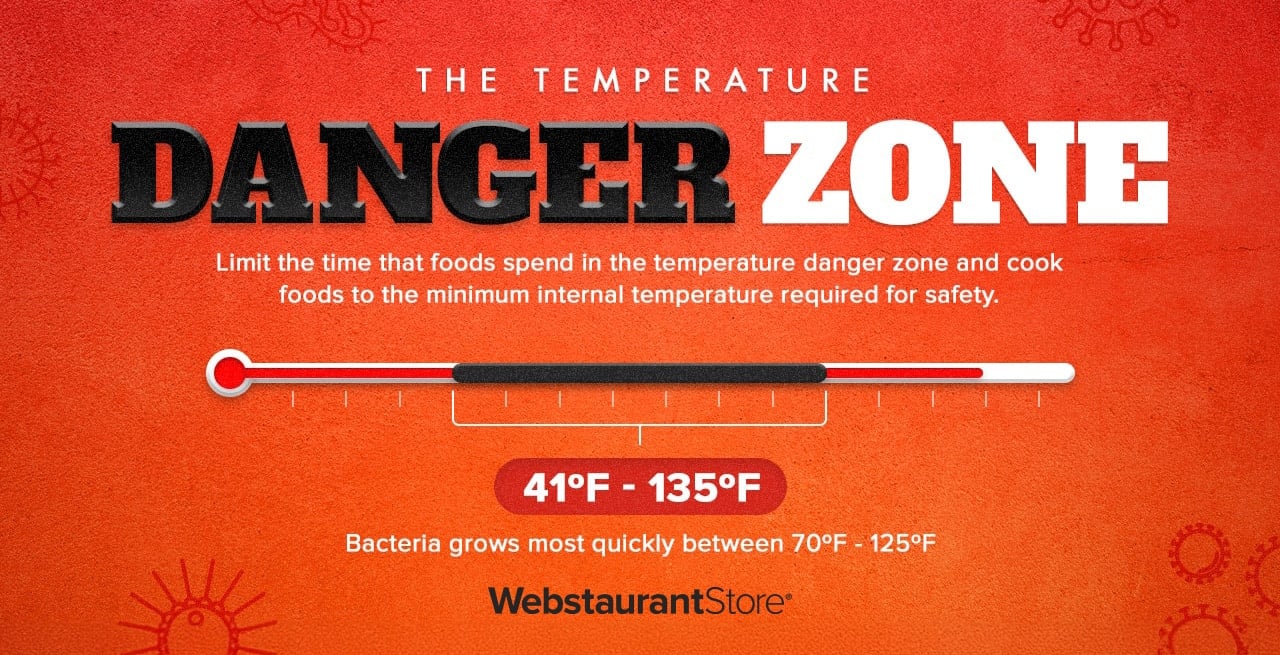
Temperature Danger Zone Safe Food Temperatures
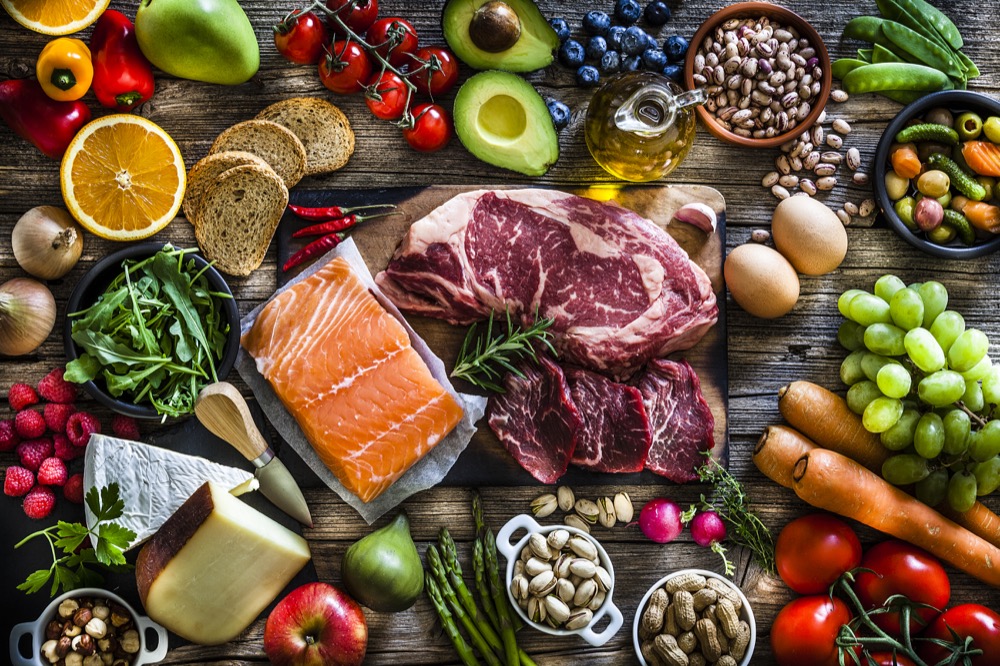
What Is Time Temperature Control For Safety Tcs

Learning Module Cookery Grade 10 Cookery Learning People Skills

404 Not Found Temperature Chart Food Temperature Chart Food Safety Temperatures
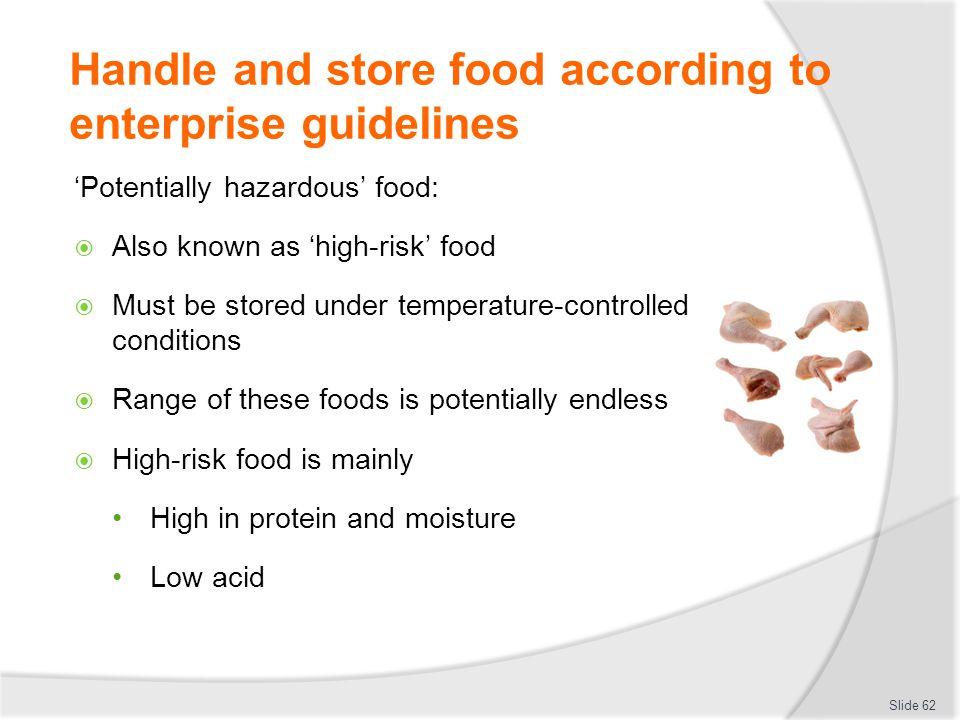
Apply Standard Safety Procedures For Handling Foodstuffs Ppt Download

General Awareness Tips For Chemical Safety Chemical Safety Safety Courses Health And Safety

Lockout Tagout Poster Workplace Safety Slogans Occupational Health And Safety Safety Posters
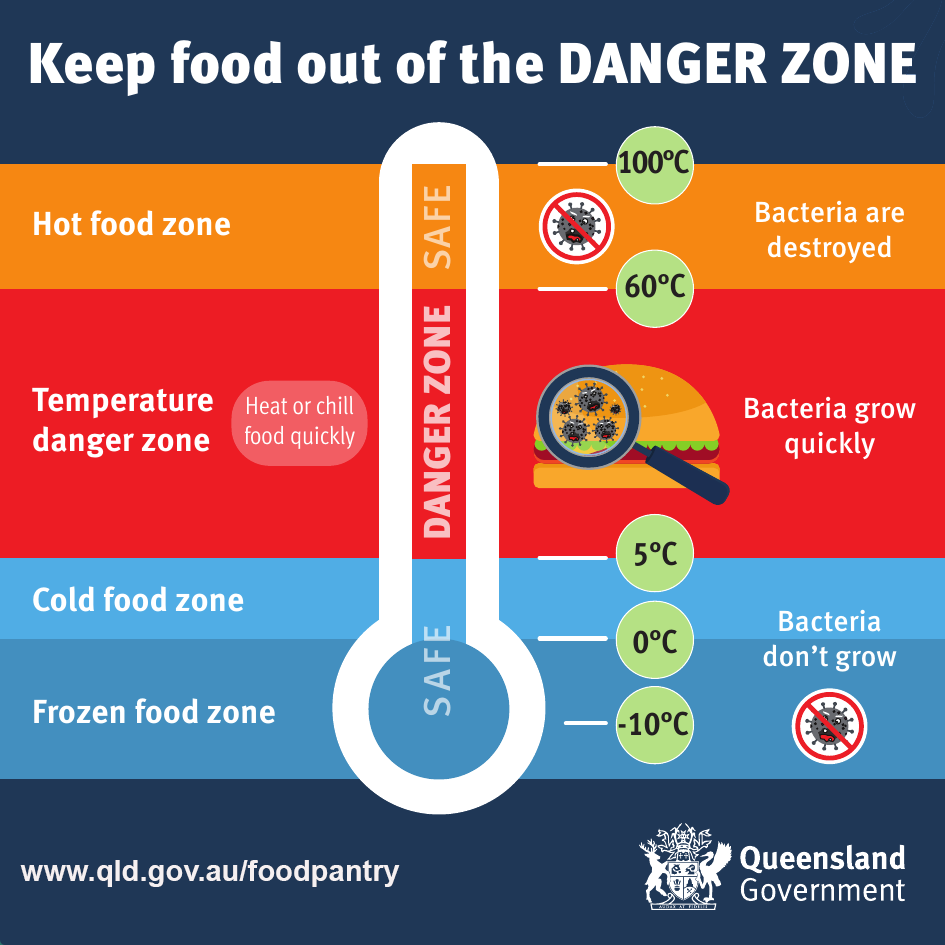
Potentially Hazardous Foods Health And Wellbeing Queensland Government
Preventing Foodborne Illness Food Safety Sanitation And Personal Hygiene

List Of Potentially Hazardous Foods

Pin On Food Sweet Cake Cupcake Pops Ri Cookies
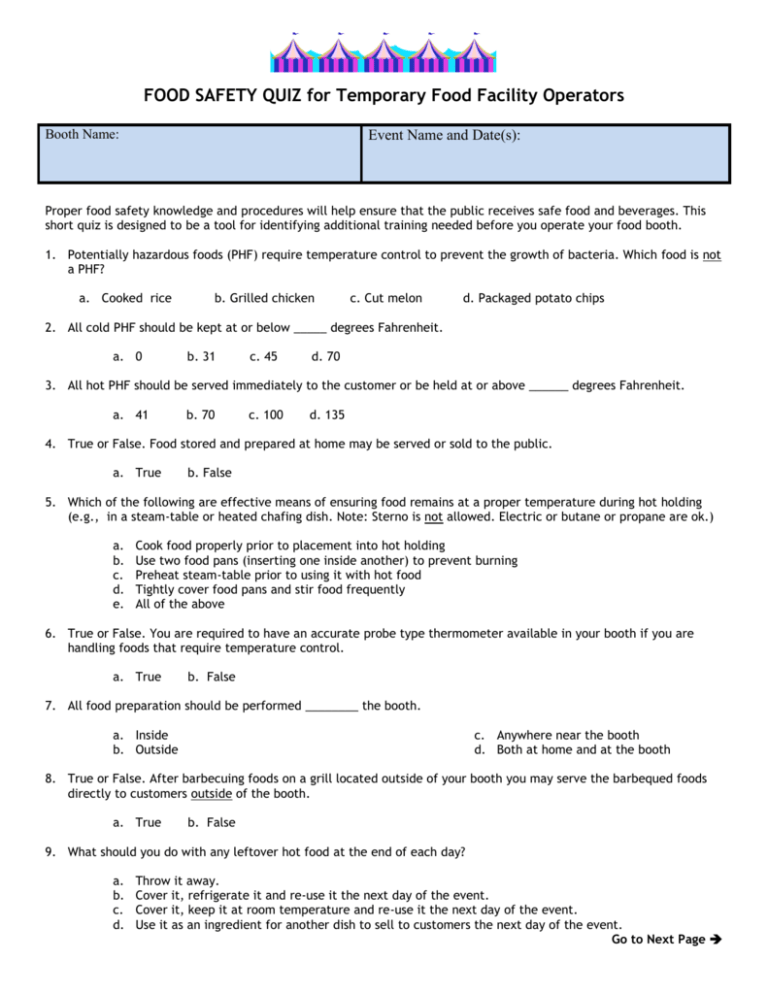
Special Events Food Safety Quiz
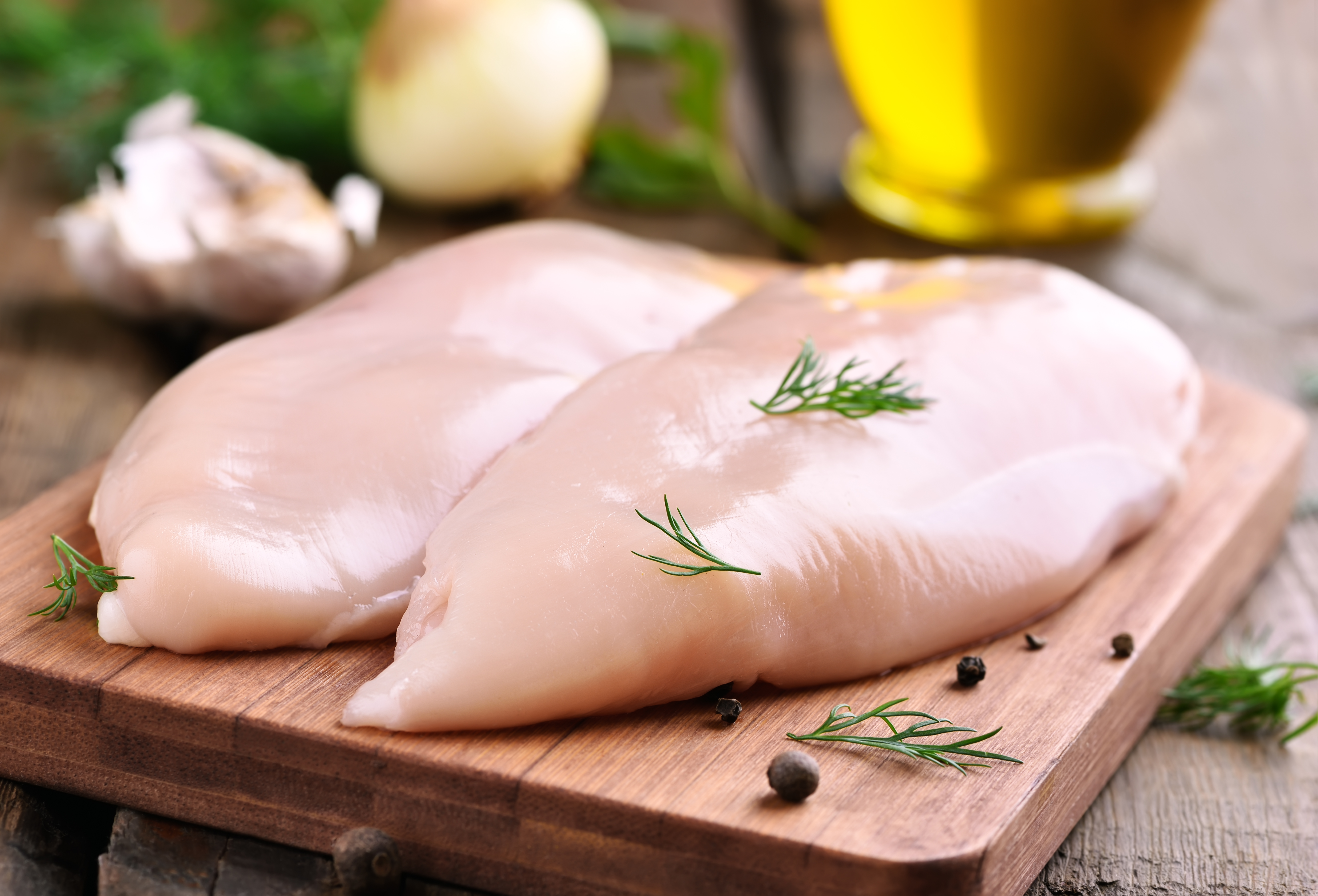
List Of Potentially Hazardous Foods
List Of Potentially Hazardous Foods
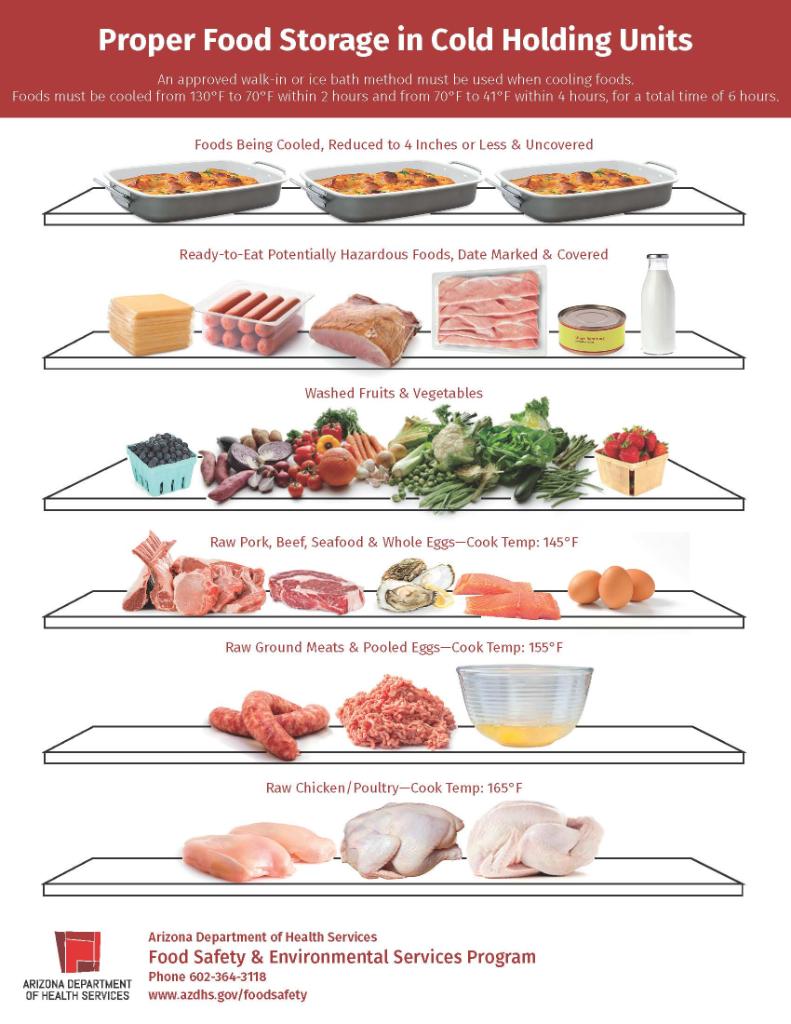
توییتر Az Dept Of Health در توییتر Forget The Labels On The Refrigerator Bins For Food Safety Store Foods In Your Refrigerator According To Cook Temperature With Foods Requiring The

Tire Fires Are Events That Involve The Combustion Of Large Quantities Of Tires Typically In Locations Where They Are Stored Heavy Equipment Rubber Tires Tire